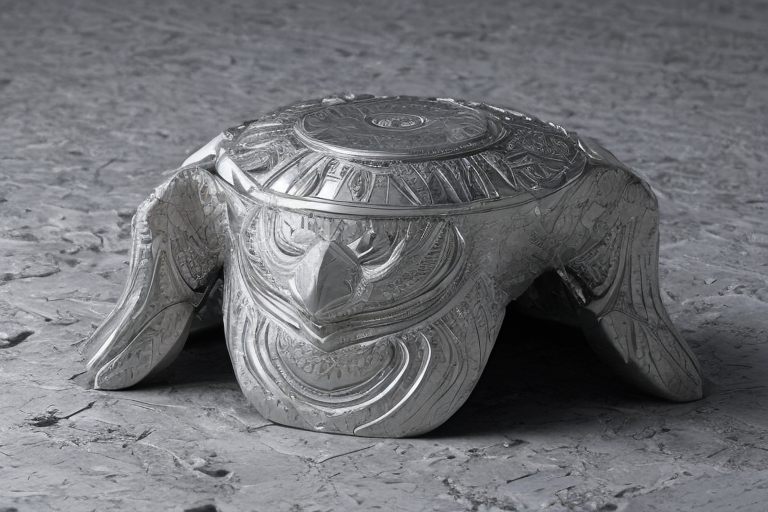Indian weddings used to require multiple outfit changes for several days of festivities with guests leaving the stores carrying large bundles of brightly embroidered garments in exchange for substantial cash payments, which sometimes kept sari store owner Brij Kishore Agarwal awake at night due to fears that someone might steal it before he could deposit it into a bank. However, this scenario has drastically changed as digital payments have become ubiquitous across India’s most populous country in recent times transforming daily life significantly for businesses and customers alike. Almost all of Agarwal’s clients now use e-payments to complete their purchases, with tea sellers collecting rupees via mobile apps or tuk tuks drivers pulling over to buy parathas stuffed with steaming hot paneer paying through phones while driving.
The digital payment revolution is expected to play a crucial role in India’s attempts at becoming an economic superpower as it has eliminated frictions, increased efficiency and reduced costs for businesses by enhancing the country’s growth potential. The non-profit National Payments Corporation of India (NPCI), which launched UPI in 2016 allowing users to transfer funds instantly via their phones without entering bank details or paying transaction fees from almost 600 member banks, has been instrumental in this transformation.
The government’s decision two years later to scrap two large banknotes comprising around 86% of all currency circulating in India with the intention of combatting corruption also propelled digital transactions’ adoption significantly as people tried protecting themselves from COVID-19 by avoiding cash payments. Now, Indians use UPI for everything ranging from vegetable vendors and doctors to sari sellers like Agarwal who started accepting digital payments following the note ban in 2016 when he had no other choice due to fears of losing money through traditional methods.
Although some people still prefer cash transactions over e-payments, such as rickshaw driver Azeez from Old Delhi, UPI’s upward trend is forecasted for sustained growth even with challenges facing smaller retailers unfamiliar and uncomfortable with digital payments due to illiteracy or poverty levels. The NPCI aims to achieve two billion daily transactions by 2030 through its ambitious goals.
The Indian government sees the UPI as a potential template that could be adopted globally, which is expected to enhance India’s status on the world stage if it succeeds in expanding overseas and making remittances easier for citizens working abroad or allowing Indians traveling internationally to pay using UPI through their phones instead of cash. The convenience offered by digital payments has also helped achieve an 80% financial inclusion rate, which is a significant improvement from previous years when inequality was still prevalent despite the positive impact that digitization had on India’s economic growth and transformation over time according to Eswar Prasad, economics professor at Cornell University.
In conclusion, digital payments have transformed daily life in India by making transactions simpler, more convenient for people who used cash before or enabling smaller businesses with access to finance facilities, among others while playing an increasingly vital role that could help the country achieve its economic superpower status as it continues on a path of digitization and transformation.
Digital Payments Revolutionizing Daily Life in India for Businesses and Customers Alike
•
Recent Posts
Advertisement
Advertisement example


Leave a Reply